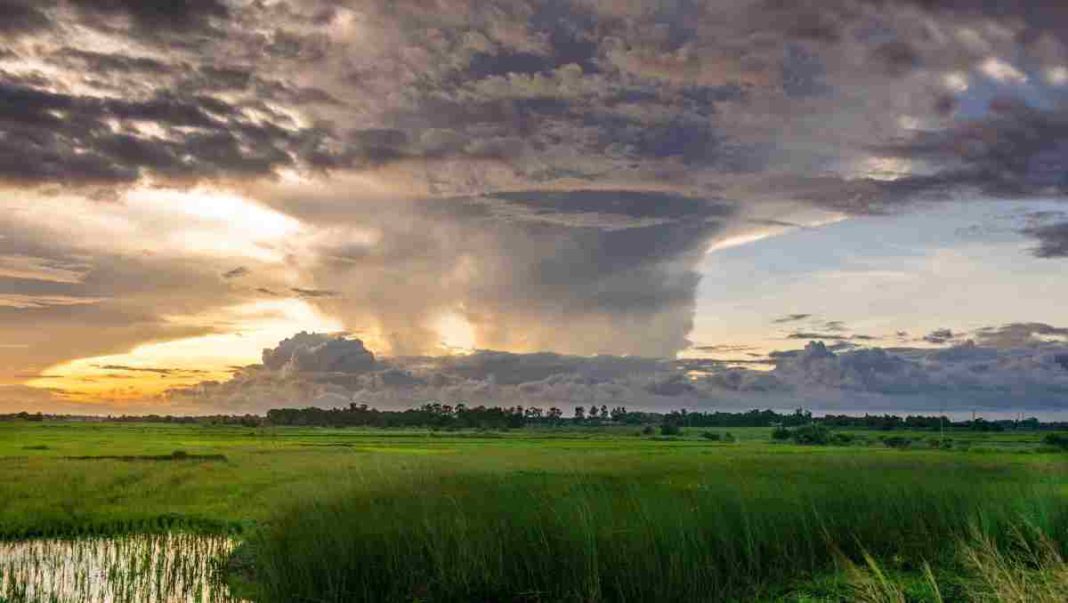UNITED STATES: Hurricane Franklin is anticipated to escalate into a major storm by late Sunday, positioned around 615 miles south of Bermuda, with gusts potentially reaching 85 mph. A north-northwest shift is predicted for Sunday, followed by a northward movement early next week.
Late this weekend, a portion of the U.S. east coast is bracing for life-threatening surf and rip current conditions due to the hurricane’s swells, expected to impact Bermuda by Sunday night.
Tropical Storm Franklin, the second hurricane of the Atlantic hurricane season, has grown in size and is on track to potentially become a major hurricane. As of 11 p.m. Eastern time on Saturday, Franklin was situated 250 miles northeast of Grand Turk Island in Turks and Caicos.
With sustained winds around 85 mph, Franklin is forecasted to intensify into a major hurricane in the coming week, with further strengthening anticipated. A major storm is characterized by sustained winds of 111 mph or more, comparable to Category 3, 4, or 5 hurricanes.
Satellite and microwave imagery demonstrate improved organization within Franklin, with the eye becoming cloudier over the last hour. Changes in deep convection around the storm are attributed to reduced vertical wind shear.
Forecasters anticipate Franklin’s surges to impact Bermuda by Sunday night, generating life-threatening surf and rip current conditions along segments of the East Coast. The hurricane has already left thousands without power or access to clean water, causing at least one fatality in the Dominican Republic.
The Dominican Republic witnessed damage to over 500 homes and 2,500 roadways, isolating six communities. More than 1.6 million people faced a lack of potable water, and at one point on Wednesday night, 350,000 homes were without electricity.
Franklin, the fourth named storm to materialize within two days, underwent a change from Tropical Storm Emily to a Post-Tropical Cyclone. Gert and Harold, tropical storms originating from the Gulf of Mexico, had relatively brief impacts. The season, which commences on June 1 and concludes on November 30, saw its first hurricane, Don, briefly develop in July.
The National Oceanic and Atmospheric Administration (NOAA) initially projected 12-17 named storms for the year, which was subsequently raised to 14-21. Last year featured 14 named storms due to two active Atlantic hurricane seasons. El Niño, a periodic climatic phenomenon, has been present since June, reducing Atlantic hurricane frequency and influencing global weather patterns.
El Niño introduces wind shear in the Atlantic, diminishing the likelihood of hurricane formation due to heightened instability. Conversely, it reduces wind shear in the Pacific.
Nevertheless, elevated sea surface temperatures this year could intensify storms, contributing to the complexity of storm predictions. Scientific consensus highlights that climate change is rendering hurricanes more potent, with fewer named storms but an increased likelihood of major hurricanes.
Climate change’s impact on storm precipitation patterns is evident, as observed in Hurricane Harvey in Texas in 2017, which brought over 40 inches of rain to certain areas within 48 hours.
Also Read: NASA’s Hurricane-Hunting CubeSats Take Flight in New Zealand



